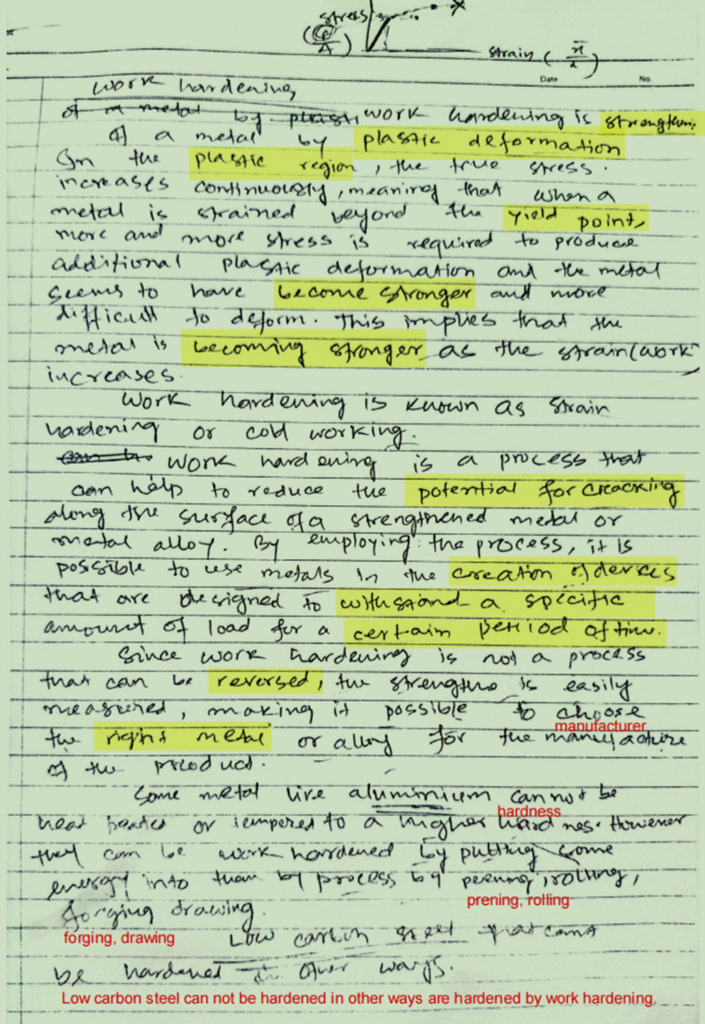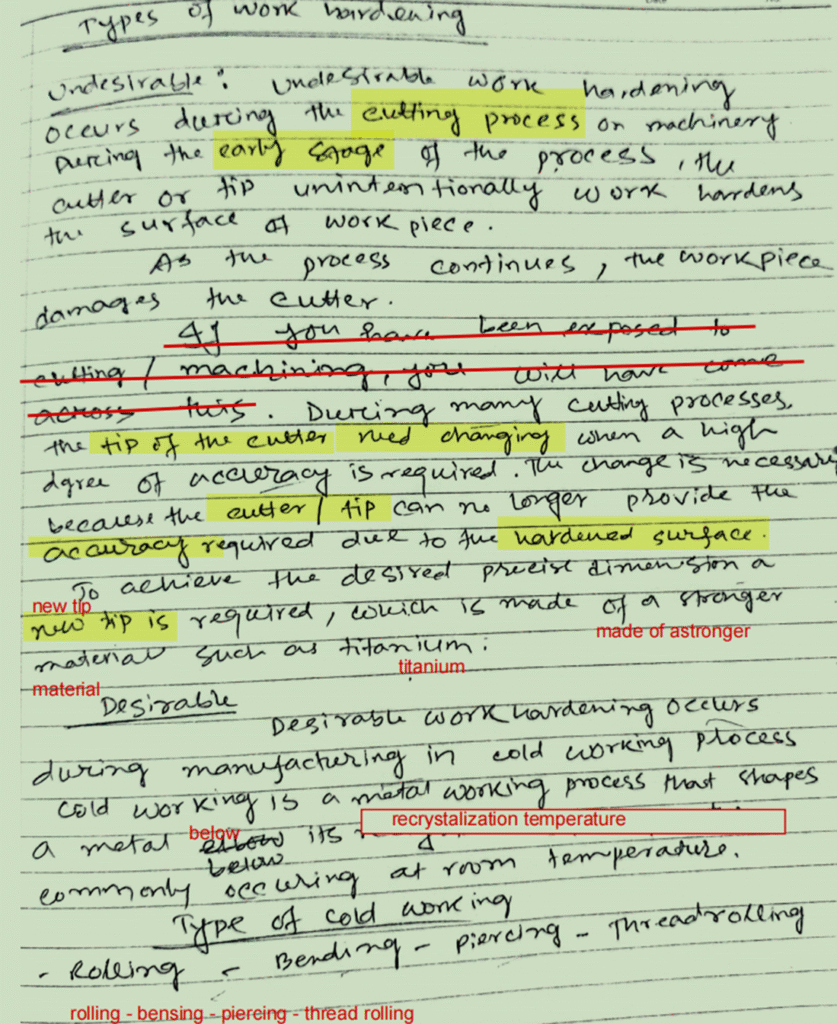The testing of ship’s emergency generator is done every week (as part of weekly checks) by running it unloaded to check if it starts on battery mode. The hydraulic start is done every month to ensure that it is working fine. Also every month automatic start of generator is also done to check its automatic operation and to see whether it comes on load.
Procedure for Battery Start
1. Go to the emergency generator room and find the panel for emergency generator.
2. Put the switch on the test mode from automatic mode. The generator will start automatically but will not come on load.
3. Check voltage and frequency in the meter.
4. Keep the generator running for 10-15 min and check the exhaust temp and other parameters.
5. Check the sump level.
6. For stopping the generator, put the switch in manual and then stop the generator.
Procedure for Hydraulic Start
1. Out the switch in manual mode as stated above and check the pressure gauge for sufficient oil pressure.
2. Open the valve from accumulator to generator.
3. Push button the spring loaded valve and the generator should start.
4. Check voltage and frequency.
5. Keep the generator running for 10-15 min and check the exhaust temp and other parameters.
6. Check the sump level
7. For stopping, use the manual stop button from the panel.
8. After stopping the generator, pressurize the hydraulic accumulator to desired pressure.
9. Close the valve from accumulator to generator.
Procedure for Automatic Start
For automatic start, we know that there is a breaker which connects Emergency Switch Board (ESB) and Main Switch Board (MSB); and there is also an interlock provided due to which the emergency generator and Main power of the ship cannot be supplied together.
2. Therefore, we simulate by opening the breaker from the tie line, which can be done from the MSB or the ESB panel.
3. After opening the breaker, the emergency generator starts automatically with the help of batteries and will supply essential power to machinery and pumps connected to ESB.
4. For stopping the generator, the breaker is closed again and due to the interlock the generator becomes off load.
5. Now again put the switch to manual mode to stop the generator.
6. Press stop and the generator will stop.
List of equipment connected to the Emergency Power source on the ship-
§ Emergency Lighting
§ Emergency steering motor
§ Emergency fire pump
§ Emergency Bilge pump
§ Foam pump
§ Emergency air compressor
§ Necessary machines to start one generator
§ Emergency alarms
§ Fire detecting and fire alarm
§ Engine room ventilation fan
§ Communication
§ Bridge control console
§ Cargo control console
§ Engine room control console
§ Battery charger for emergency generator
§ Battery charging panel
§ The rescue boat, life raft & Lifeboat Davit
§ Navigational and signal lights
§ Navigational Equipment
§ GMDSS radio console
§ The compressor of breathing apparatus
§ Watertight door
§ Remote control Valves




